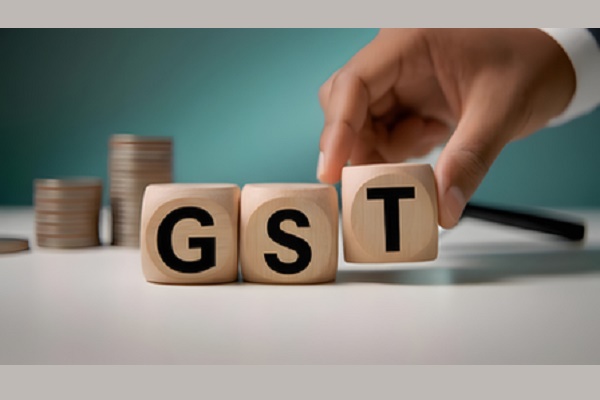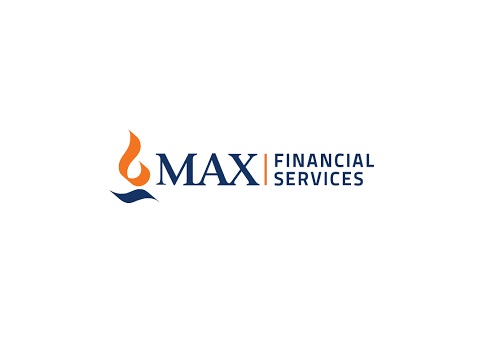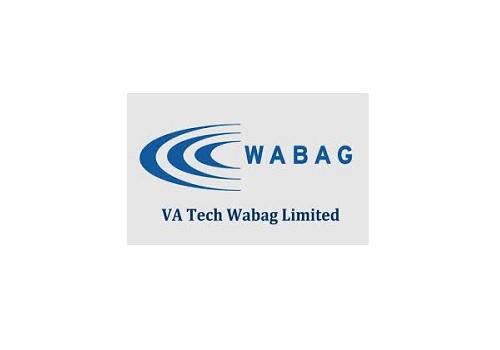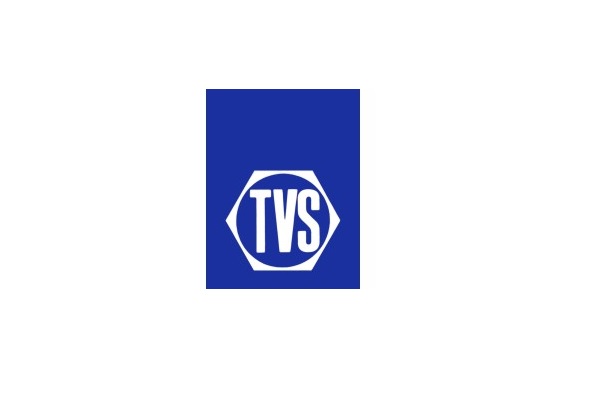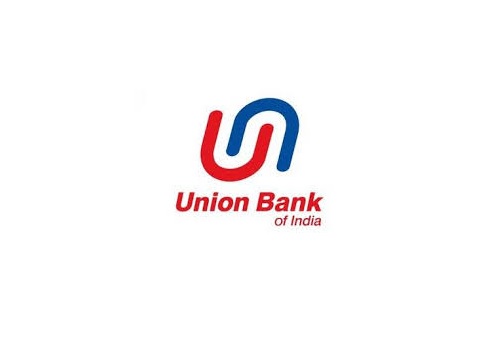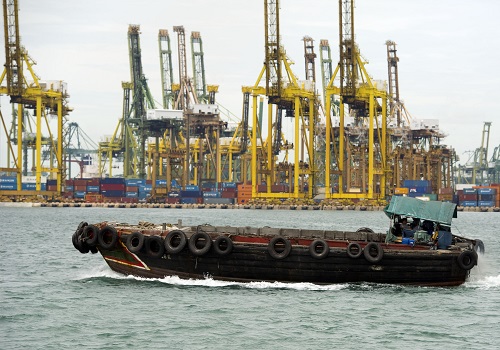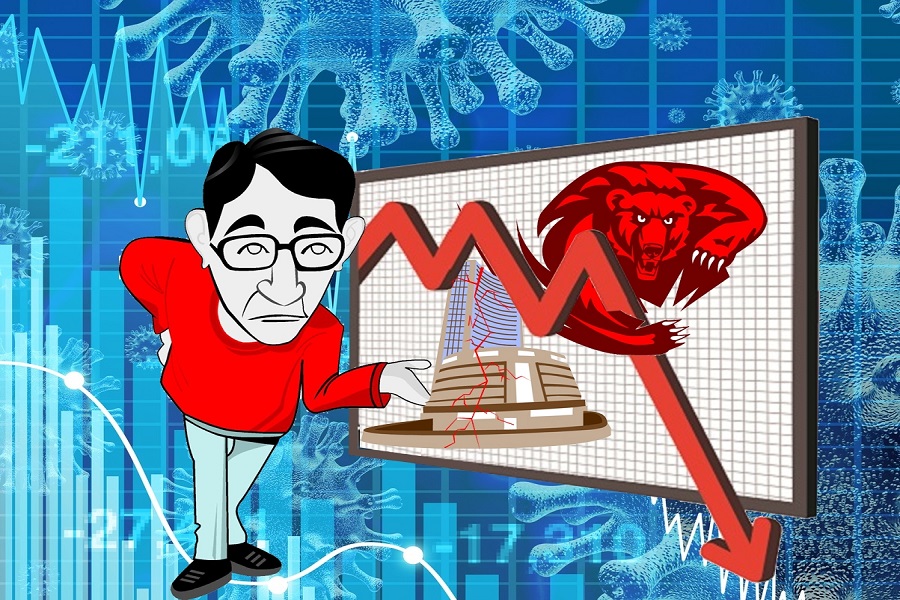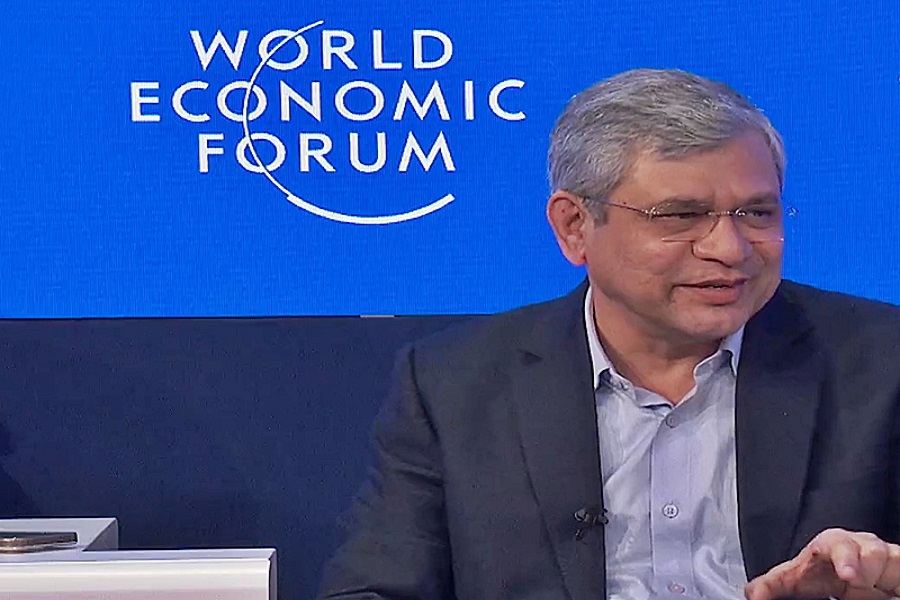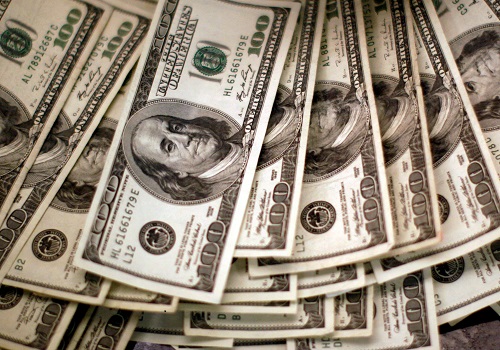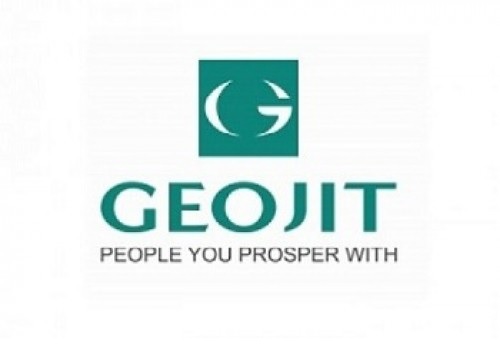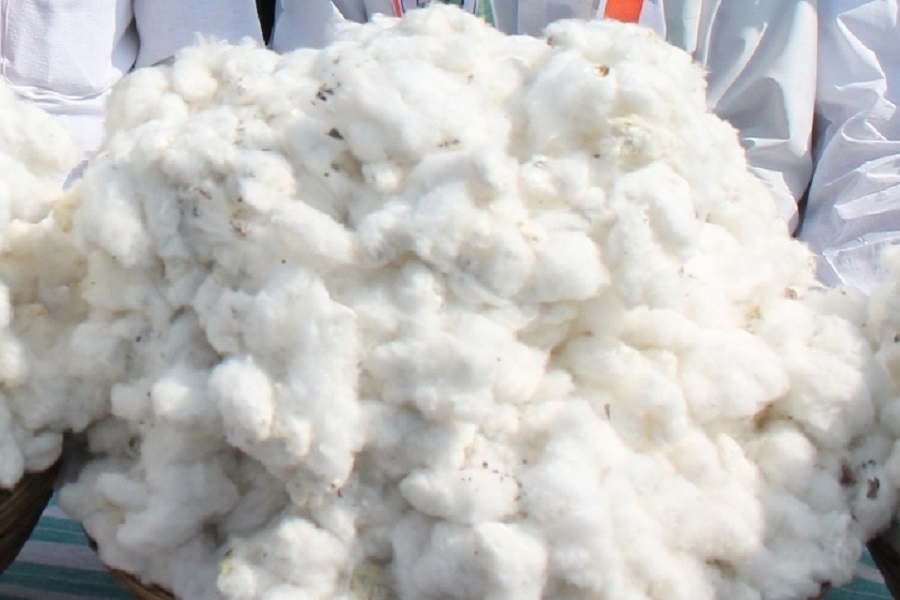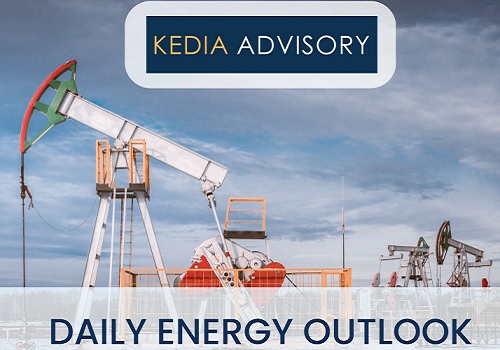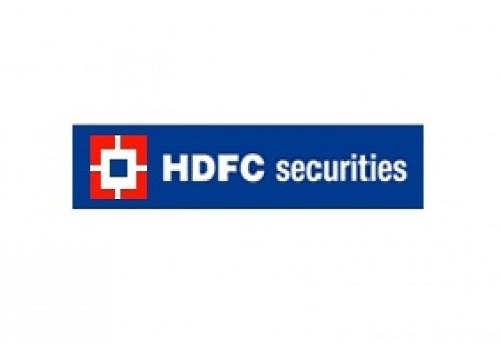Aluminium trading range for the day is 239.6-244.2 - Kedia Advisory

Gold
Gold prices declined by 1.09% to settle at ?99,178 per 10 grams on the MCX, retreating from an all-time high of ?1,01,078 amid profit booking. The correction comes despite heightened geopolitical tensions in the Middle East, where escalating conflict between Israel and Iran has boosted safe-haven demand. Investors are exercising caution ahead of key global central bank meetings, especially the U.S. Federal Reserve’s policy decision. While rates are expected to remain unchanged, markets are keenly watching for guidance on potential rate cuts, particularly after soft U.S. inflation data raised expectations for easing by September. Fundamentally, gold continues to find support from structurally strong central bank demand, with Goldman Sachs forecasting prices to reach $3,700/oz by end-2025 and BofA suggesting a potential rally to $4,000/oz within 12 months. Despite the bullish long-term view, immediate physical demand has taken a hit. In India, where prices crossed the crucial ?1,00,000 mark, dealers offered discounts of up to $63/oz—the steepest in seven weeks—to stimulate buying. Similar softness was seen in other Asian hubs like China, Hong Kong, and Japan, although Chinese demand for gold bars surged 12% YoY to 124.2 tons in Q1 2025. Technically, gold is under long liquidation, as open interest fell by 9.54% to 15,619. Key support lies at ?98,310 and ?97,440, while resistance is at Rs 1,00,565, with potential upside toward Rs 1,01,950 if that level is breached.
Trading Ideas:
* Gold trading range for the day is 97440-101950.
* Gold slipped on profit booking after hitting record high on MCX of 1,01,078 per 10 gram.
* Soft U.S. inflation data boosts hopes for September rate cut.
* Goldman sees gold hitting $3,700 by end-2025, $4,000 later.
Silver
Silver prices ended marginally higher by 0.07% at ?1,06,564, paring earlier gains due to profit booking after recent strong rallies. The metal has seen robust support from a combination of strong industrial demand, persistent supply constraints, and heightened geopolitical uncertainty. The ongoing Israel-Iran conflict continues to add safe-haven appeal, as both nations target critical energy infrastructure, fueling market volatility. Despite this, investor caution ahead of the U.S. Federal Reserve's policy meeting capped further upside. The Fed is widely expected to keep interest rates unchanged, but markets are closely watching for forward guidance on rate cuts. Fundamentally, silver's role in the green economy is strengthening. Industrial usage—particularly in solar power and electronics—now represents over half of global demand. The Silver Institute projects silver industrial fabrication to grow by 3% in 2025, crossing 700 million ounces for the first time. Overall demand is expected to remain stable at 1.2 billion ounces, with industrial and investment demand offsetting weakness in jewelry and silverware segments. The silver market will likely post its fifth consecutive annual deficit in 2025, though the gap may narrow by 21% to 117.6 million troy ounces, supported by a 2% rise in supply. Technically, silver is under short covering as open interest dropped 2.92% to 16,870. Support lies at Rs 1,06,005 and Rs1,05,450, while resistance is at Rs 1,07,155, with a breakout potentially testing Rs 1,07,750.
Trading Ideas:
* Silver trading range for the day is 105450-107750.
* Silver pared all gains on profit booking after recent safe-haven driven gains.
* Silver faces fifth straight annual supply deficit, boosting price potential.
* Silver Institute expects 21% deficit reduction, but supply concerns persist.
Crude oil
Crude oil prices declined by 1.81% to settle at ?6,171 per barrel, weighed down by easing geopolitical tensions as investors scaled back risk-off positions amid indications that the Israel-Iran conflict may not escalate further. The pullback in safe-haven demand contributed to profit booking following recent volatility. Adding to the downside, the International Energy Agency (IEA) revised its outlook, projecting a significant slowdown in global oil demand growth to 650,000 barrels per day (bpd) for the remainder of 2025, down from 990,000 bpd in Q1. The IEA attributed the slowdown to economic headwinds and surging electric vehicle (EV) adoption, which continues to impact oil consumption patterns globally. Despite the bearish sentiment, the IEA modestly raised its full-year 2025 demand growth estimate to 740,000 bpd, citing stronger economic growth and lower oil prices that are expected to support consumption. Meanwhile, OPEC maintained its global oil demand growth outlook for both 2025 and 2026, signaling resilience in the economic backdrop. However, it trimmed its projection for non-OPEC+ supply growth in 2026, underscoring a potential tightening of global balances. On the supply side, US crude inventories fell more than expected by 3.644 million barrels last week, while Cushing hub stocks declined by 403,000 barrels. interest dropping 4.01% to 11,277. Immediate support lies at Rs 5,958, followed by Rs 5,746. Resistance is seen at Rs 6,376, and a breakout above could push prices toward Rs 6,582.
Trading Ideas:
* Crudeoil trading range for the day is 5746-6582.
* Crude oil dips as easing Israel-Iran tensions prompt pullback in risk-off trades.
* OPEC sees solid second – half of 2025 for world economy, trims 2026 supply
* Kazakhstan's oil output edges down in May, but above quota, OPEC says
Natural gas
Natural gas prices surged by 4.06% to settle at ?320.3, driven by updated forecasts for hotter-than-usual weather over the next two weeks, which are expected to boost cooling demand significantly. This rising temperature outlook, especially across large portions of the U.S., is likely to increase the load on gas-fired electricity generators as demand for air conditioning spikes. The market also responded to geopolitical developments, as Israel reportedly targeted two natural gas facilities in Iran over the weekend, reigniting fears of broader disruptions to regional energy infrastructure that could impact global supply dynamics. On the supply side, average output in the Lower 48 U.S. states dipped slightly to 105.0 bcfd so far in June, compared to May’s 105.2 bcfd and March’s all-time high of 106.3 bcfd, with routine maintenance cited as the primary reason. Despite this, U.S. utilities injected 109 billion cubic feet (bcf) into storage during the week ending June 6, aligning with expectations. The U.S. Energy Information Administration (EIA) projects both supply and demand to reach record levels in 2025, with dry gas production forecast at 105.9 bcfd and LNG exports expected to grow to 14.6 bcfd, reflecting strong long-term fundamentals. Technically, the market is experiencing short covering, with open interest down by 7.01% to 11,302 as prices gained Rs 12.5. Immediate support is seen at Rs 313.2, with further downside likely at Rs 306. Resistance is placed at rs 324.4, and a breakout could drive prices to Rs 328.4.
Trading Ideas:
* Naturalgas trading range for the day is 306-328.4.
* Natural gas rose on hotter weather forecast, boosting cooling demand.
* Gas-fired power generation expected to increase as temperatures climb.
* US gas output eases to 105 bcfd amid spring maintenance.
Copper
Copper prices edged higher by 0.30% to settle at ?878.55, supported by improved consumer spending data from China, which boosted hopes for stronger metals demand in the world's largest copper consumer. Although China’s factory output growth slowed to a six-month low in May, markets found comfort in the better-than-expected retail sales, suggesting underlying resilience in domestic consumption. However, gains remained capped due to heightened geopolitical tensions and global economic uncertainty, triggering broader risk-off sentiment in financial markets. On the international front, the Comex premium over LME copper narrowed to $927 per ton, down from $969, indicating softer U.S. buying interest. LME copper inventories declined sharply by 7,300 tons to 107,325 tons, marking the lowest level in over a year—a nearly 60% drop in the past four months. Despite declining stocks, Chinese domestic smelters are increasingly shifting to export markets due to sluggish local demand, signaling a near-term oversupply in the domestic market. On the supply side, Ivanhoe Mines resumed operations at the Kakula mine in the DRC after a seismic disruption but reduced its annual production forecast. Meanwhile, the global refined copper market posted a surplus of 17,000 metric tons in March, down sharply from 180,000 tons in February, as per ICSG data. Technically, the market witnessed short covering, as open interest dropped 9.49% to 4,805 while prices rose Rs 2.65. Copper now finds support at Rs 875.4, with the next level at Rs 872.2. Resistance is expected at Rs 881.1, with a potential breakout leading to Rs 883.6.
Trading Ideas:
* Copper trading range for the day is 872.2-883.6.
* Copper gains after higher consumer spending in China raised hopes of a boost to metals demand.
* LME copper inventories dropped by another 7,300 tons to 107,325.
* Comex premium over LME copper to $927 a ton, down from $969 on Friday.
Zinc
Zinc prices gained 0.54% to settle at Rs 252.45, supported by a stabilizing broader market sentiment despite persistent geopolitical tensions. The uptick came amid a cautiously optimistic backdrop as Chinese retail sales for May exceeded expectations, signaling some resilience in consumer spending. However, industrial production fell short of forecasts, highlighting uneven momentum in China’s post-pandemic economic recovery. This dichotomy continues to limit bullish enthusiasm for zinc, particularly as concerns linger over China’s weakening manufacturing demand—traditionally a key driver for base metals. Chinese buyers remain cautious, limiting zinc purchases to immediate needs due to sluggish demand. Speculative activity has also diminished, with traders awaiting firmer signals on trade talks and industrial resurgence. Further dampening sentiment was weaker-than-expected trade data: exports in May underperformed, especially to the U.S., while imports contracted more than forecast—both signs of weak external and domestic demand. Globally, the zinc market saw its surplus narrow to 23,700 metric tons in March from 75,900 tons in February, according to ILZSG data, though a YTD surplus of 143,000 tons still reflects excess supply. In China, refined zinc production in May declined 1% month-on-month due to widespread maintenance, although year-on-year growth was around 2%. Technically, the market witnessed short covering with open interest falling 8.89% to 2,183 as prices rose Rs 1.35. Zinc now finds support at Rs 250.7, with a drop toward Rs 248.8 possible if breached. Resistance is seen at Rs 253.7, above which prices may test Rs 254.8.
Trading Ideas:
* Zinc trading range for the day is 248.8-254.8.
* Zinc gains as broader market sentiment steadied despite ongoing geopolitical tensions.
* China’s May retail sales beat forecasts, industrial output missed.
* Weak Chinese manufacturing demand continues to limit zinc buying.
Aluminium
Aluminium prices edged up by 0.14% to settle at Rs 242.45, supported by supply-side tightness but capped by ongoing concerns over weak demand from China, the world's largest consumer. Despite the modest uptick, sentiment remains subdued due to sluggish manufacturing activity, with Chinese buyers restricting purchases to short-term needs. This cautious buying pattern reflects the broader softness in China's industrial recovery. Aluminium inventories at three key Japanese ports rose 3.3% in May to 331,000 metric tons, signaling easing regional supply tightness. Meanwhile, stocks in SHFE warehouses dropped significantly to 110,001 tons as of June 13—the lowest level since February 2024—representing a sharp 54% decline since late March, underscoring drawdowns in domestic inventories. In global trade, the U.S. saw a 20% year-on-year drop in aluminium imports in April to around 281,500 tons, largely due to the 25% import tariffs imposed in March. April’s imports from Canada and the UAE fell 23% and 19%, respectively, while supply from South Africa surged. China’s aluminium production rose 5% year-on-year to 3.83 million tons in May, with cumulative output up 4% to 18.59 million tons in Jan–May. However, May exports dipped 3.2% YoY to 547,000 tons. Technically, the market is witnessing short covering as open interest fell by 3.27% to 3,495 while prices inched up ?0.35. Aluminium now finds support at Rs 241.1, with a potential downside to Rs 239.6. Resistance is seen at Rs 243.4, and a breakout could push prices to Rs 244.2.
Trading Ideas:
* Aluminium trading range for the day is 239.6-244.2.
* Aluminium settled flat amid mounting concerns over weakening demand in China
* China's aluminium production rose by 5.0 % to 3.83 million metric tons in May from a year earlier.
* Aluminium stocks at Japanese ports rose to 331,000 metric tons in May, up 3.3% from the previous month.
Turmeric
Turmeric prices declined by 1.41% to settle at Rs 14,506, weighed down by weak domestic and export demand. The market also witnessed increased arrivals, rising to 13,660 quintals compared to 11,940 quintals in the previous session, indicating marginally higher availability. Although this uptick in arrivals has pressured prices, the downside remains limited due to persistent concerns about lower production and strong interest in quality new-crop produce. On the production front, dry weather has facilitated timely sowing, and turmeric acreage for the 2024–25 season is estimated to rise by 10% to 3.30 lakh hectares. However, production is unlikely to rise in line with acreage due to untimely rains impacting productivity, especially in the Nanded region. Yields are expected to be 10–15% lower, and some reports indicate issues like small rhizomes and crop rot. Despite this, Duggirala market activity remains vibrant, with high buyer interest in fresh arrivals. Daily trade continues at a strong pace with 1,000–1,200 bags being traded, and over 50% of the new crop is reportedly already sold. Exports for the full FY25 rose by 8.83% to 1.76 lakh tonnes from 1.62 lakh tonnes in FY24. However, March exports fell 13.41% YoY but rose 20.39% month-on-month. Technically, the market is witnessing fresh selling, with open interest rising by 5.57% to 14,880. Turmeric finds immediate support at Rs 14,272, and a break below could drag it to Rs 14,040. Resistance is seen at Rs 14,764, and a move above could push prices toward Rs 15,024.
Trading Ideas:
* Turmeric trading range for the day is 14040-15024.
* Turmeric prices fell due to weak domestic and export demand.
* Arrivals rose to 13,660 quintals vs. 11,940 in the previous session, indicating increased availability
* Turmeric exports during Apr - Mar 2025, jump by 8.83 percent at 176325.34 tonnes compared to Apr - Mar 2024.
* In Nizamabad, a major spot market, the price ended at 14400.4 Rupees dropped by -0.49 percent.
Jeera
Jeera prices continued to decline, falling by 2.01% to settle at Rs 19,240 amid subdued domestic and export demand. The downturn is largely attributed to the conclusion of the retail season and the persistent inactivity of foreign buyers. Despite comfortable supply levels, the lack of robust buying interest is weighing on overall market sentiment. Ample stock availability—about 20 lakh bags in farmers’ possession—adds further pressure. With only 3–4 lakh bags likely to be traded by the season’s end, a significant carry-forward stock of around 16 lakh bags is expected, dampening hopes of a near-term price recovery. Production for the current season is anticipated to remain in line with last year, supported by favourable sowing conditions and better crop health. However, even with geopolitical issues disrupting supplies from key producing nations like Syria, Turkey, and Afghanistan, Indian jeera continues to face weak export momentum. Export figures show mixed signals. Jeera exports rose sharply by 39.63% during April–March 2025 to 2.12 lakh tonnes compared to 1.52 lakh tonnes a year earlier. March exports stood at 17,337.91 tonnes, up 33.40% from February but down 46.03% compared to March 2024. Imports have plummeted 93.20% in the same period, highlighting India's self-sufficiency in supply. Technically, the market is witnessing fresh selling pressure, indicated by an 8.5% rise in open interest to 6,009. Jeera now finds support at Rs 19,060, with further downside potential to Rs 18,870. Resistance is seen at Rs 19,530; a breakout above could push prices toward Rs19,810.
Trading Ideas:
* Jeera trading range for the day is 18870-19810.
* Jeera prices declined due to weak domestic and export demand post retail season.
* Ample existing stock and comfortable supply are dampening price prospects.
* Global supply disruptions haven't translated into higher Indian exports due to tepid demand.
* In Unjha, a major spot market, the price ended at 19917.75 Rupees dropped by -0.46 percent.
Views express by all participants are for information & academic purpose only. Kindly read disclaimer before referring below views

